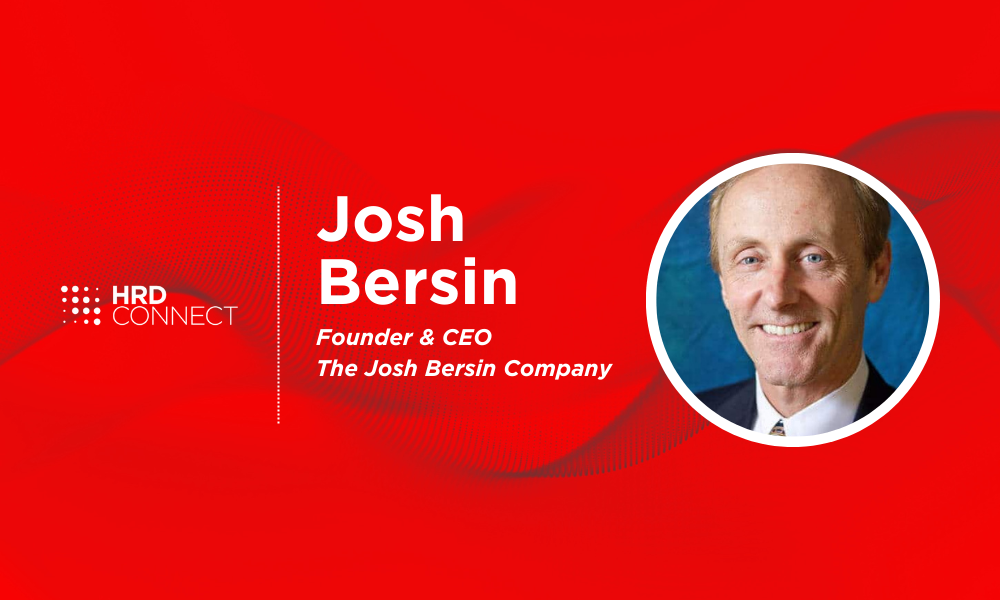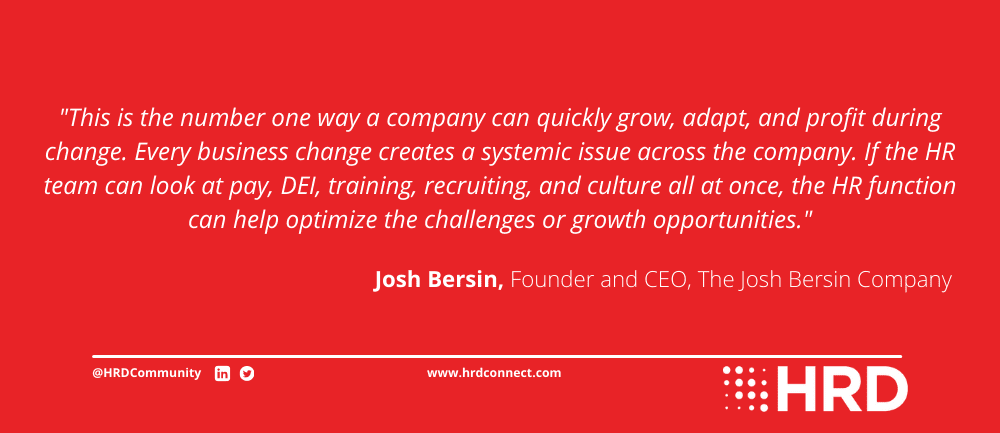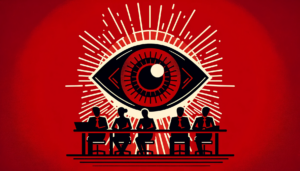Josh Bersin: Embracing ‘Systemic HR’ to profit from organizational change
- 6 Min Read
With each week bringing yet another company announcing lay-offs, businesses must become more adaptable to change. In this exclusive Q&A with Josh Bersin, we learn how to apply Systemic HR to profit during periods of uncertainty.
- Author: Benjamin Broomfield
- Date published: Mar 30, 2023
- Categories

In November 2022, Meta attributed lay-offs in part to “the macroeconomic downturn.” In January 2023, Google expected a “different economic reality than the one we face today.” In March 2023, Amazon cited “the uncertainty that exists in the near future.” The bottom line is that businesses must become more adaptable to change. Outdated HR models are part of the problem. They reduce the role of HR and People teams to executing the requests of senior management at the expense of meaningful strategic input. At the individual level, HR leaders lack internal mobility.
Josh Bersin presents a new model: ‘Systemic HR.’
In this exclusive Q&A, we learn how to apply Systemic HR through job rotation and solution centers to drive profit during periods of uncertainty.
1) Can you share some of the ways traditional standalone ‘HR programs’ are failing?
A simple example is the talent acquisition function. When a manager asks to “hire several people,” the simple answer is to create job requisitions, open the positions, and start sourcing and recruiting. This new open headcount may be created by a turnover problem, a decline in productivity, or maybe even just a manager’s need to “grow their team.”
A Systemic HR team would look at this request and offer a “talent advisor” to look at the need, understand the goal. This would indicate whether organization design, automation, pay, or even diversity issues may improve productivity before just “hiring.”
Just look at the consistent rounds of layoffs at tech companies. Many of them hired hundreds of people into sales (for example, Salesforce.) They are just now are they realizing they didn’t need these hires.
HR’s role is to think systemically and advise the business on people issues, not just to take orders.
2) How has the business landscape evolved to increase the need for interconnectedness between HR functions?
It has evolved by necessity. It is almost impossible to hire for some roles. The time-to-hire has greatly increased, and turnover is high, so companies are now forced to take a more interconnected approach.
Every employee-related challenge including hiring, turnover, reskilling, mobility, or work-life wellness is irrefutably connected to every HR practice. When organizations split HR into siloed functional areas (such as Head of Talent Acquisition, Head of DE&I, or Head of Rewards,) these separate functional areas do not always come together in real problem-solving. Again, consider the enormous over-hiring by tech companies. During these periods, who was looking at areas such as productivity or internal mobility?
Implementing Systemic HR requires reorganizing HR teams into solution groups. It means creating more internal mobility within HR and creating more senior HR business partners with consulting experience. It means putting in place talent intelligence and better people analytics to get people together.
There is also a trend toward HR “product and solution managers” who work on ongoing initiatives and create agile “consulting teams” within HR.
3) What differences are there between “centers of excellence” and “solutions centers” and how can HR begin adopting the latter as an improved model?
A center of excellence (COE) is a functional group such as DEI, compensation, recruiting, or L&D. A ‘solution center’ brings together all domains to focus on one workgroup or team, or employee segment. Some companies have an “onboarding team” that is multi-functional. Another has a “retail sales” multi-functional team. Another organization has a “low performer solution center” for reskilling and advising low performers. These are groups that look at management, pay, DEI, training, career, recruiting, and onboarding, all at once.
The first thing to do is select an urgent talent problem within a single business area. This may be high turnover and low productivity in sales, for example. Then, the HR team builds a swat team of multi-disciplinary skills to look at the causes of this problem. The team partners with the business on all elements, and brings together integrated solutions.
4) How can HR teams integrate real-time data into HR workflows to support a Systemic HR model?
Most HR teams have lots of data, but it’s not shared. The CHRO or Head of HR ops needs to share the “current talent situation” across the company so people know what different groups are dealing with. That includes turnover rates, grievances, career mobility, and DE&I metrics. That way everyone in HR knows what the company’s big issues are from place to place. They can benchmark their area against others. Then, when companies implement Talent Intelligence, they can compare this against competitors.
5) How would job rotation programs help HR leaders ensure they (and their teams) are agile enough to cover a broader spread of HR domains?
It’s a hugely important part of this. HR Professionals should rotate around different COEs and roles. They should move into and out of business partner roles, and into and out of the HR function. It’s like an engineer who designs wheel bearings never knowing how the wheel or tires or axle is designed. It limits their perspective and performance.
Companies have to role-model this kind of career and reward people who broaden their experience with promotions. HR leaders should create a culture of learning so that people who take new rotational roles have support to learn their new job. This creates a culture of internal mobility. It’s a huge step, but also formal including cross-domain project work, mentoring, and rotation into the business also helps.
6) In what ways can HR leaders and senior Business Partners champion and implement the Systemic HR model?
To start to think systemically, we need to teach HRPBs to act as consultants. They need to understand all the levers at play and get to know who’s doing what. HRBP’s are the key to implementing this model. They orchestrate and lead multi-functional solutions. So, they need to be elevated, trained, and given senior-level support to drive the Systemic HR solutions that come from the legacy or existing COEs.
7) How would the Systemic HR model better prepare HR to adapt to any future uncertainty, economic pressures, or crises?
This is the number one way a company can quickly grow, adapt, and profit during change. Every business change creates a systemic issue across the company. If the HR team can look at pay, DEI, training, recruiting, and culture all at once, the HR function can help optimize the challenges or growth opportunities.
_________________
Josh Bersin is a global HR Analyst and CEO of The Josh Bersin Company, a research and advisory company focused on HR and workforce strategies.










